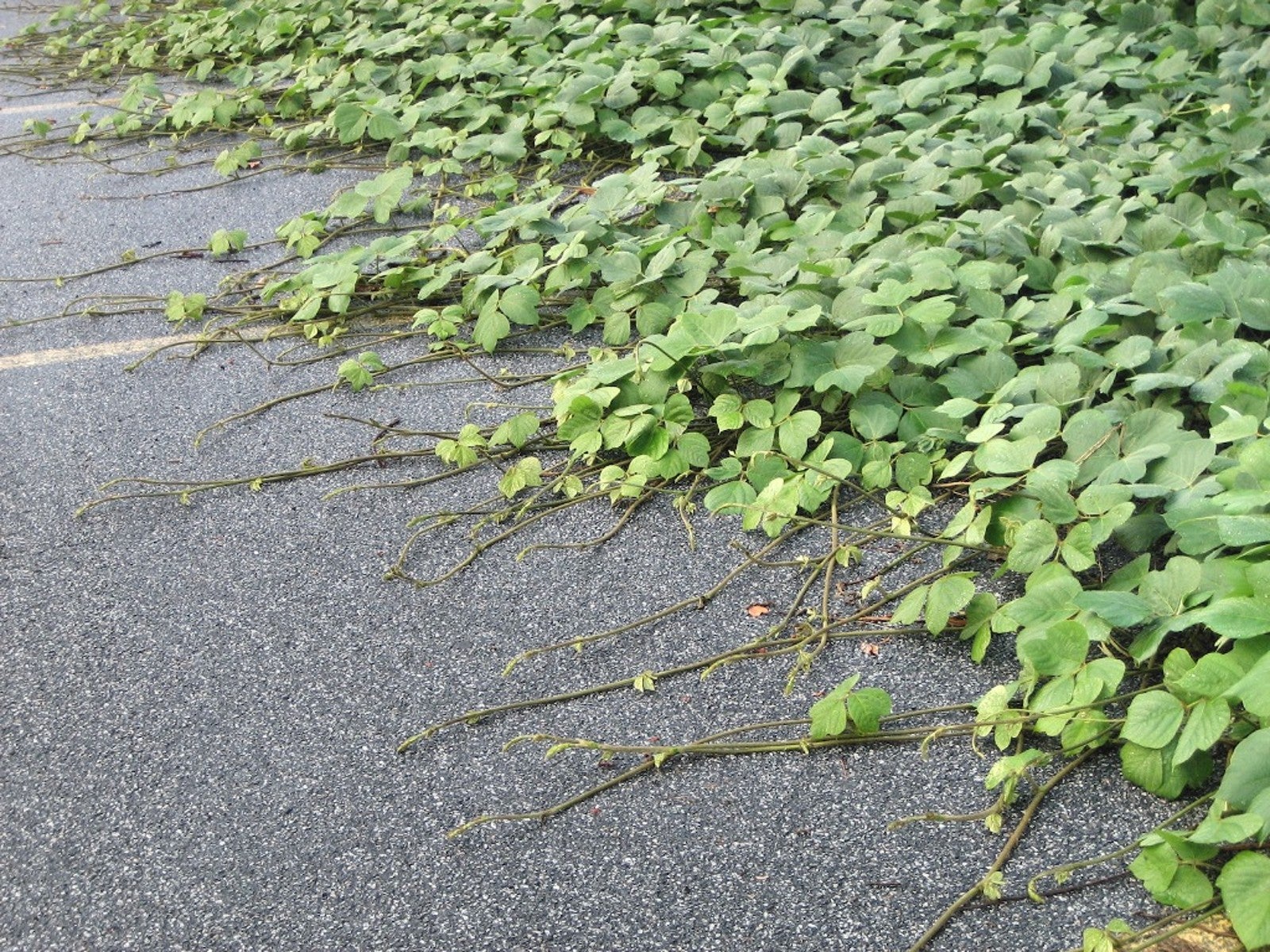How To Stop Invasive Plants From Spreading


An invasive species is a non-native plant (or animal) that causes economic damage or harm to the local ecosystem and native species. Invasive plant control methods require a lot of manpower and can be expensive. Everyone can do their part to slow or stop the spread of these damaging plants.
How Do Invasive Species Spread?
Most invasive species spread into new areas accidentally, but many were intentionally brought from other countries. Some species spread from one area to another and are considered invasive in the new location.
Both invasive plants and animals come into new areas in the ballast water on ships, in firewood and shipping pallets, and in the form of plants for sale in nurseries. Many invasive plants are considered problems because, once in the environment, they spread rapidly, crowding out native species.
For example, in Michigan wetlands, purple loosestrife is a problematic invasive plant. It spreads rapidly by producing and dispersing a lot of seeds and through roots that easily separate to grow new plants. A native wetlands species, cardinal flower has a hard time competing because it has smaller seeds and a shorter life cycle.
Preventing Invasive Species Spread
Killing invasive plants is a big job. As in human health, prevention is the best medicine. Home gardeners can do several things to help stop the spread and avoid the need for extensive invasive plant removal later:
- Know your plants. Knowledge is power. Find out what plants are invasive and native in your area. Your local extension office can give you that information. When you buy new plants from nurseries, only choose native species or non-invasive non-natives.
- Clean your gear. If you go hiking, clean off your shoes before leaving the area. They spread seeds. Fishing gear can also carry hitchhiking aquatic plants, so wipe it down before you leave the lake. Even your car and tires can bring invasive species to new areas.
- Plant natives in disturbed areas. Any area of your property that is disturbed by tree removal or construction is a prime target for invasives. Re-populate those areas quickly with native species to help them take root.
- Act fast. If you do find invasives in your garden or on your property, remove them quickly. They spread rapidly and become very difficult to eliminate later. Removal methods vary depending on the species—pulling, suffocation, mowing, chemical control—so talk to your extension office about the best way to get rid of them.
- Volunteer. In many states, the department responsible for natural resources looks for volunteers to help control invasive species on public lands. Join a volunteer team to remove plants and slow their spread.
Gardening tips, videos, info and more delivered right to your inbox!
Sign up for the Gardening Know How newsletter today and receive a free copy of our e-book "How to Grow Delicious Tomatoes".

Mary Ellen Ellis has been gardening for over 20 years. With degrees in Chemistry and Biology, Mary Ellen's specialties are flowers, native plants, and herbs.